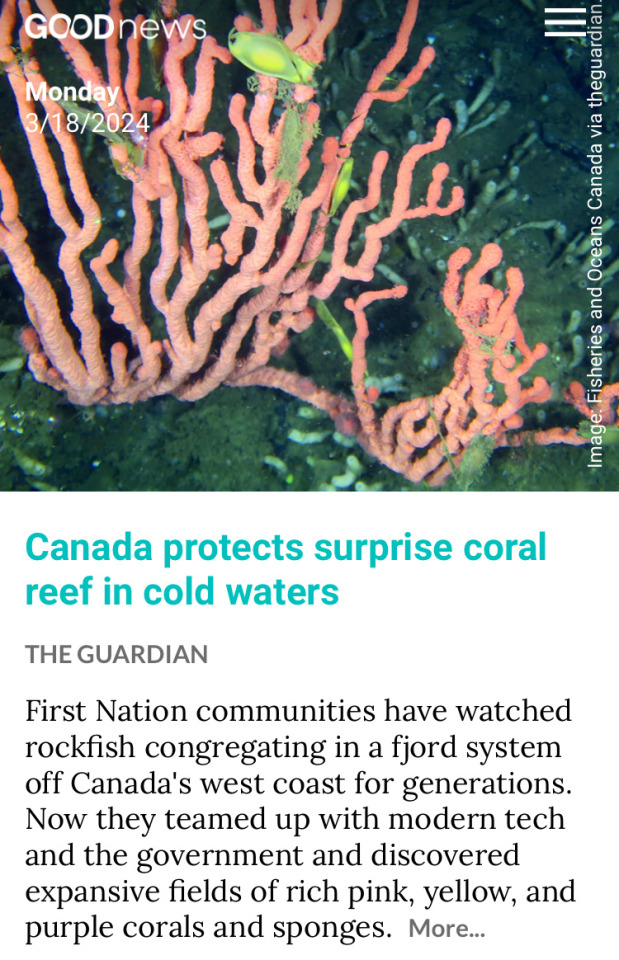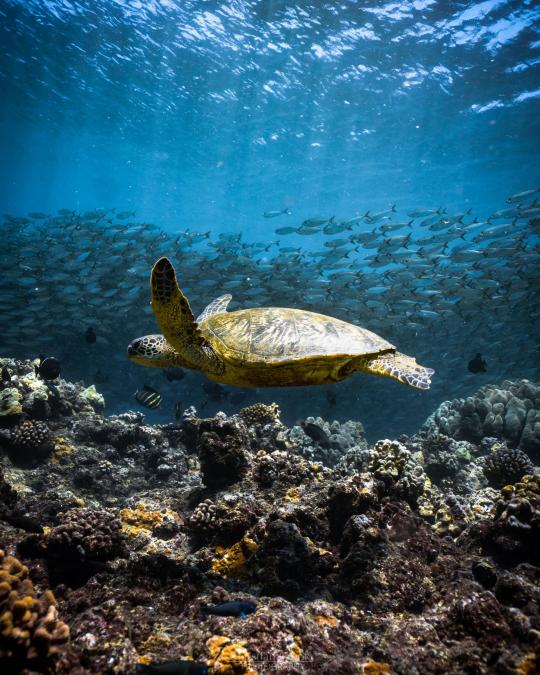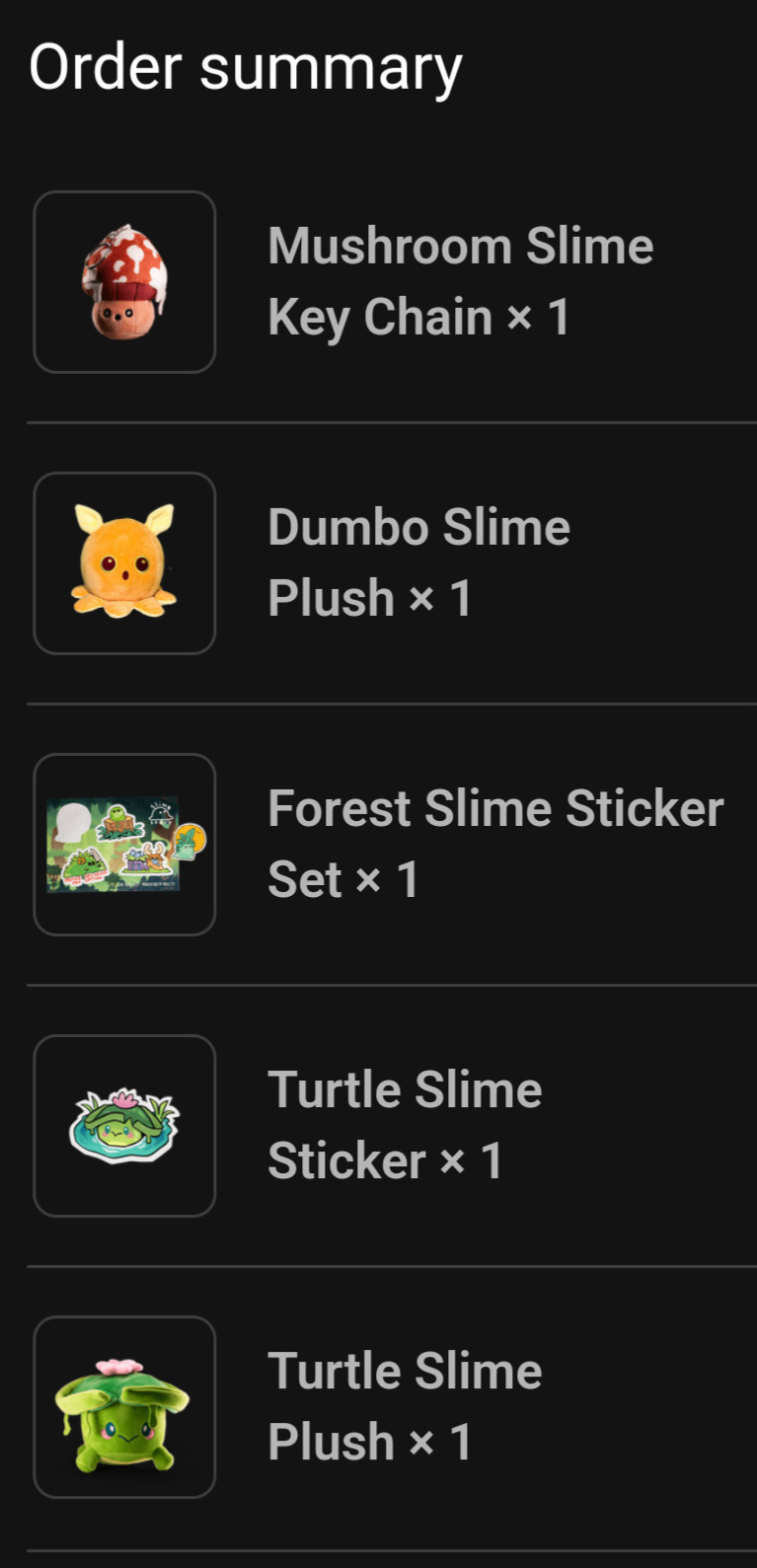#coral reef conservation
Text
#good news#environmentalism#environment#coral reef#coral reefs#oceans#sea life#seas#coral reef conservation#conservation#science#nature
38 notes
·
View notes
Photo

Coral reefs are under relentless stress from myriad global and local issues, including climate change, declining water quality, overfishing, pollution, and unsustainable coastal development. Under the Endangered Species Act, more than 25 coral species are listed as threatened or endangered.
What can you do to help Coral Reefs?
1. Recycle and dispose of trash properly. Marine debris can be harmful to coral reefs.
2. Minimize the use of fertilizers.
3. Use environmentally-friendly modes of transportation.
4. Reduce stormwater runoff.
5. Save energy at home and at work.
6. Be conscious when buying aquarium fish.
7. Spread the word!
#coral reef#coral reef conservation#coral reef awareness week#coral reef awareness#dorr township library
2 notes
·
View notes
Text
Watch: Snorkelers, divers attend underwater music festival at marine sanctuary in Florida, US
Watch: Snorkelers, divers attend underwater music festival at marine sanctuary in Florida, US
Watch: Snorkelers, divers attend underwater music festival at marine sanctuary in Florida, US

View On WordPress
#coral reef#coral reef conservation#Florida keys#Florida Keys underwater music festival#Marine life conservation#Underwater music festival#Underwater music festival Florida#world
4 notes
·
View notes
Text
"Similar to the expeditions of a hundred or two hundred years ago, the Tara Pacific expedition lasted over two years. Its goal was to research the conditions for life and survival of corals. The ship crossed the entire Pacific Ocean, assembling the largest genetic inventory conducted in any marine system to date. The team's 70 scientists from eight countries took around 58,000 samples from the hundred coral reefs studied.
The first results of the analysis have now been published in Nature Communications. This largest-ever data set collection on coral reef ecosystems is freely available, and for years to come, will be the basis for elucidating the living conditions for corals and finding a way for them to survive climate change.
Important first results of the expedition show that global microbial biodiversity is much higher than previously thought. The impacts of the environment on evolutionary adaptation are species-specific, and important genes in corals are duplicated.
Global biodiversity ten times higher than assumed
Coral reefs are the most biologically diverse marine ecosystem on Earth. Although they cover only 0.16% of the world's oceans, they are home to about 35% of known marine species. Using a genetic marker-based data set, the researchers found that all of the globally estimated bacterial biodiversity is already contained in the microorganisms of coral reefs.
"We have been completely underestimating the global microbial biodiversity," says Christian Voolstra, professor of genetics of adaptation in aquatic systems at the University of Konstanz and scientific coordinator of the Tara Pacific expedition. He says the current estimate of biodiversity (approximately five million bacteria) is underestimated by about a factor of 10.
Impacts of the environment on evolutionary adaptation are species-specific
The 32 archipelagos studied serve as natural laboratories and provide a wide range of environmental conditions, allowing scientists to disentangle the relationships between environmental and genetic parameters across large spatial scales. This led to another important finding: The effects the environment has on evolutionary adaptation trajectories of corals are species-specific. To determine this, the researchers examined the telomeres, the ends of chromosomes that are the carriers of genetic information, for the first time.
In humans, the length of telomeres decreases during life; that is, with an increasing number of cell divisions, suggesting that biological age is closely linked to the length of telomeres. Researchers on the Tara Pacific expedition have now found that the telomeres in very stress-resistant corals are always the same length. "They apparently have a mechanism to preserve the lengths of their telomeres," Voolstra concludes...
Important genes are duplicated
Research data from the Tara Pacific expedition brought to light that the long life of some coral species may have yet another reason: the duplication of certain genes. Many important genes are present multiple times in the genome. The researchers were able to determine this through sequencing of coral genomes employing a new high-resolution technique.
This technique, called long-read sequencing, makes it possible to not only determine the set of genes present, but also to look at their order in the genome. According to Voolstra, the pervasive presence of gene duplication could be a possible explanation for why corals can live for thousands of years despite being exposed, for instance, to extreme UV radiation in shallow waters.
The entire data collection is freely accessible
All data sets are openly accessible and fully described with accompanying physical and chemical measurements to provide them as a scientific resource to all researchers.
"This is unique," Voolstra says. "It is the largest data set collection on coral reefs ever collected and it is completely open access." The aspiration is that this data collection will serve as a foundation and inventory to guide future study of coral reefs worldwide for many years."
-via Phys.org, June 26, 2023
#coral#coral reef#ocean#ocean conservation#biodiversity#microbiology#genetic diversity#genetic research#conservation#telomeres#genetics#climate change#evolution#ocean life#open access#good news#hope
400 notes
·
View notes
Text
UPDATE: NOAA establishes a temporary special use area to protect a relocated Florida Keys coral nursery
In response to extreme ocean temperatures, NOAA has used its emergency authority to create a temporary special use area in Florida Keys National Marine Sanctuary to protect endangered corals that have been relocated to a nursery in federal waters approximately five miles southeast of Tavernier, Florida. The temporary regulation lasts 60 days, with the option for one 60-day extension, and prohibits all entry except for continuous transit without interruption.
🎥: Florida Keys News Bureau
#EarthIsBlue#BreakingNews#FloridaKeys#Coral#MarineHeatwave#CoralReef#Florida#science#nature#ocean#noaa#national marine sanctuary#conservation#corals#reef
175 notes
·
View notes
Text
Bleached corals ingest microplastics.
Studies have found that reef building corals ingest microplastics when exposed to temperatures above normal.

Normally,corals rely on the photosynthetic algae on their surface to provide them with energy.

When temperatures rise, the algae are expelled (bleaching) and most corals eventually die from starvation but some corals start feeding on zooplankton in the water column and in turn also take in microplastics.
So how is this a problem? Feeding on large amounts of microplastics can result in:
Bleaching
Reduced growth as energy reserves drop since plastic has no nutritive value
Reduced feeding on nutritious prey
Tissue necrosis( a coral disease that causes peeling of tissues and death)
Reduced mineralisation of coral skeletons thus reduced growth rates
With coral reefs already facing multiple stressors ; global climate change, ocean acidification and water pollution with a short period for recovery, microplastics could worsen the situation putting the survival of coral reefs at risk.
#stem academia#conservation#plastic#plastic pollution#plastic waste#sustainability#sustainablelifestyle#ocean#coral sea#coral reef#artificial reef#marine life#animals#marine biology#microplastics#plankton#bleaching#climate change
150 notes
·
View notes
Photo

For World Reef Day, William Saville Kent’s stunning 19th-century illustrations from the world’s first pictorial encyclopedia about the Great Barrier Reef.
#William Saville Kent#natural history#coral#marine biology#ecology#conservation#Great Barrier Reef#science and technology#science#history#scientific illustration
1K notes
·
View notes
Text
Man fuck everything about the 2024 Olympics. It’s one thing after another.
This is some rampant colonialism. France will look fancy for putting on the Olympics and meanwhile Tahitians have no say in the exploitation of their environment. Just because the imperial centre wanted to put on a fancy show.
#environmentalism#coral reefs#surfing#conservation#polynesia#tropical#france#paris#jeux olympiques d'été de 2024#olympics#olympics 2024#paris 2024#paris olympics#colonisation
26 notes
·
View notes
Text
(11.28.23)
Living in a dying body,
Stranded on a dying world,
What shall the dying do?
Grind our bleach-white coral bones,
Drown in rising water, our limbs too weak to tread?
How about this instead?
On New Year's Eve, my father, a doctor of the weather said:
"I believe in the resilience of our atmosphere."
And thus began my year,
With a body set for ambush storms, and unprepared to take my cover,
Hopeful, kicking at the knees that wouldn't last the summer.
But if Dad can see the damning data and give us yet our chance,
Then I will face the fates that are written in my scans,
Feed the sturgeon lunch at the museum,
Bend slowly to the waterline and whisper this to them:
"I believe in our resilience, too."
#whether it's conservation or medicine I am interested primarily in resilience#prevention is great. love to prevent things.#but we are living on a world that already has a lot of scars. a lot of us are living in bodies that already have injuries and diseases#there are some disasters that are out of anyone's control right now (like the onset of autoimmune disorders)#and there are some disasters that are out of the hands of most people who care about preventing them (like climate change)#and so what i really need to know is:#what can we do when our bodies are already hurting? what can we do for environments that have already experienced destruction?#I don't know but all I know is that we can't do nothing#and I hope that I won't be the only one trying#i hope i live to see old age. i hope i live to see the cure for arthritis. i hope i live to see the coral reefs restored.#i can't do it all myself. but i have to do something.#my writing#my poetry
17 notes
·
View notes
Text

#good news#environmentalism#science#first nations#canada#coral reef#coral reefs#environment#nature#animals#conservation
2K notes
·
View notes
Photo

A serene green sea turtle glides through the clear blue water, surrounded by a bustling school of fish. Beneath them, the rich textures of the coral reef add a touch of underwater wonderland magic.
#sea turtle#marine life#underwater photography#coral reef#ocean magic#tropical fish#scuba diving#marine biodiversity#nature#wildlife#clear blue water#ocean conservation#sea creatures#serene beauty#reef ecosystem
10 notes
·
View notes
Text

Coral tree 🎄
Dendrophyllia ramea
#sea#scubadiving#scuba#diving#underwater#ocean#sealife#marine life#marine biology#conservation#coral#reef#photographer on tumblr#nature
19 notes
·
View notes
Link
“Scientists in Australia have achieved the first-ever offseason coral spawning in the history of coral breeding and restoration sciences.
The breakthrough dramatically expands the capacity to grow corals in captivity to then use to restore the Great Barrier Reef, since it allows the scientists to spawn coral 50% more often than in nature.
At the Australian Institute of Marine Sciences, coral colonies are kept in captivity with the hopes of one day transplanting them to the biggest reef on earth. Out on the GBR, coral spawning happens only twice a year, between October and December [which are summer months in Australia].
At the Institute’s Townsville lab, coral have now reproduced in the middle of winter [August, since this is Australia], thanks to artificial moonlight and controlled temperatures which convinced the 43 lab corals the time was right, despite being 6-months ahead of schedule.
“We’re going to have a lot of opportunities to advance coral reproductive biology,” senior aquarist Lonidas Koukoumaftsis told ABC Australia. “Normally we can only explore this once a year in the summer period...”
“At the moment we only have about two times a year we can generate these juvenile corals and then plant them on the reef,” said Koukoumaftsis “Possibly in the future we can increase that ability to restore the reef.”” -via Good News Network, 8/25/22
194 notes
·
View notes
Text
youtube
Every August, the reef-building corals of NOAA's Flower Garden Banks National Marine Sanctuary put on a fantastic spawning display. It is one of the most abundant coral spawning displays in the entire Caribbean due to the high density cover of broadcast spawning species.
Check it out in our #EarthIsBlue video, and learn more at https://flowergarden.noaa.gov/education/coralspawning.html!
#EarthIsBlue#nature#science#ocean#national marine sanctuary#texas#coral#coral reef#noaa#conservation#Youtube
51 notes
·
View notes
Text
I'VE FINALLY DONE IT!
The start of the Slime Story plush empire has begun.

I've been putting it off for months as I never had the money, but today I decided to say screw it!
I'm so amazed with how much work goes into this website and the conservation programs that are thriving with it and I'm definitely buying again, and would suggest you do too!!
Nature is a major love of mine, and no matter what, big or small, I'm always happy to learn new things, and what's the better place to do so than with conservation programs?
#slime#slimecicle#slime story#conservation#nature#naturecore#plushies#plushblr#plush animals#marine life#marine biology#wetlands#forest#mushrooms#insects#animals#ocean#coral reef
8 notes
·
View notes
Text
Scientists in Australia have achieved the first-ever offseason coral spawning in the history of coral breeding and restoration sciences.
The breakthrough dramatically expands the capacity to grow corals in captivity to then use to restore the Great Barrier Reef, since it allows the scientists to spawn coral 50% more often than in nature.
#coral#great barrier reef#coral restoration#coral spawning#spawn#restoration#conservation#oh brave new world
186 notes
·
View notes